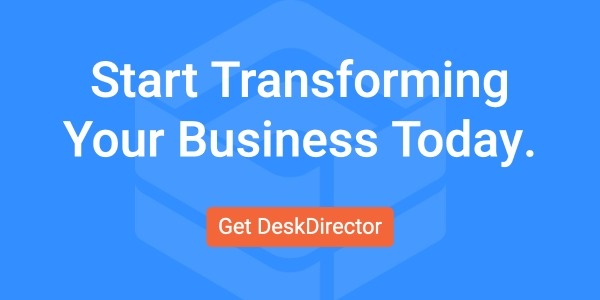According to a 2012 Citrix Cloud Survey Guide, "First to mind when asked what 'the cloud' is, a majority respond it’s either an actual cloud, the sky, or something related to weather."
But over a decade later, most technology users know that the cloud refers to servers accessed over the internet, and the services, like software and databases, that run on those servers.
The mid-2000s saw an explosion in cloud-based technology, and that hasn’t slowed down. With the ever-increasing need for painless, automated, and effective IT service management (ITSM), it’s only natural that cloud-based ITSM tools have risen in popularity.
Keep reading to learn what cloud-based ITSM tools are, how they differ from on-premise ITSM tools, and how they can be advantageous for even the smallest IT team.
What Are Cloud-Based ITSM Tools?
Cloud-based ITSM tools are IT management software applications hosted in the cloud. This means they can be accessed from any device with an internet connection.
These online ITSM tools allow you to collaborate with other users who have access to the same systems and perform tasks such as managing incidents, requests, and tickets.
Cloud-based ITSM tools are used to manage IT services. Tools you may find in ITSM software include custom forms, smart tickets, workflow automation capabilities, task lists, user groups and more. The centralized platform of a cloud-based ITSM tool allows you to manage all your IT services from one place.
There are many reasons why more and more companies are implementing and using cloud-based ITSM tools. Cloud-based ITSM tools can help you streamline operations, reduce costs, and improve customer satisfaction. Using a cloud-based platform empowers your company to focus on its core business instead of managing day-to-day IT operations in a costly and time-consuming way.
What Is The Difference Between On-Premise And Cloud-Based ITSM Tools?
Cloud-based ITSM tools are managed through a web browser, while on-premise or hosted ITSM tools are hosted locally and usually require you to have in-house IT staff.
On-premise ITSM tools are the traditional way of implementing ITSM. These tools run locally on your computer rather than on servers that are accessible worldwide. They're usually expensive, difficult to maintain, and not scalable.
When it comes to cloud-based ITSM tools, all your data is housed on a third party's servers that you don't own and control. This gives techs more time to focus on IT tasks rather than hardware maintenance. It also means that your company doesn't need to allocate internal resources for upgrades or maintenance on the software either.
As more IT team members transition to working from home, accessible ITSM tools are more important than ever, and cloud-based ITSM tools provide easy accessibility in a way that on-premise ITSM tools do not.
What are the Benefits of Using Cloud-Based ITSM Tools?
ITSM tools can help you optimize your service experience by offering flexibility, cost-effectiveness, and easy implementation. Online ITSM tools provide the following benefits:
- Reduced costs: Cloud-based ITSM tools are usually less expensive than traditional on-premise solutions because they don't require a costly hardware infrastructure. This can be especially helpful for smaller companies that don't have the resources to invest in such infrastructure or may not need it due to their size and structure. Additionally, cloud computing offers lower prices because companies can buy resources as needed instead of owning them outright at all times.
- Increased flexibility: Cloud-based tools offer more flexibility because they don't require any specific hardware or software infrastructure to run them; all that's needed is an internet connection so that users can access the necessary data remotely. This is especially advantageous when considering how much time is often spent in the on-premise tool setup process.
- Improved service quality: Cloud computing allows you to scale your service delivery capacity as needed. Additionally, cloud IT support tools are designed with automation capabilities that enable them to adapt automatically without human intervention, which helps improve efficiency and reduce errors in your processes.
- Improved IT efficiency: Cloud-based ITSM tools enable increased efficiency across all areas of your IT department—from development teams working on new features for existing software applications to help desk staff answering user queries about product functionality and beyond!
Conclusion
With cloud-based ITSM tools, you can automate your service delivery, reduce IT maintenance, and improve the customer experience. Gone are the days of investing in expensive hardware or software licenses. Accessible, cost-effective cloud-based ITSM tools are the future of IT service management.
Looking for an ITSM tool that has all the powerful features you need? Sign up to try DeskDirector!









